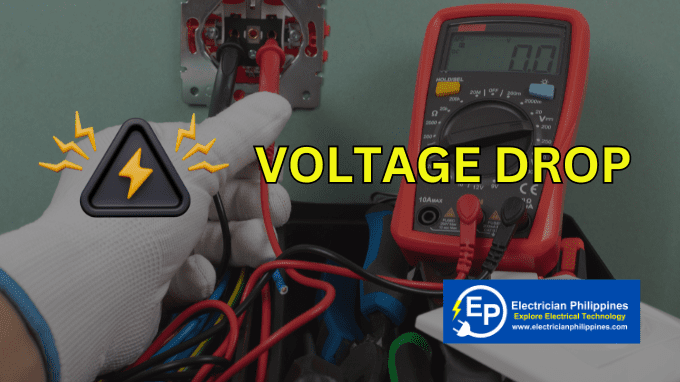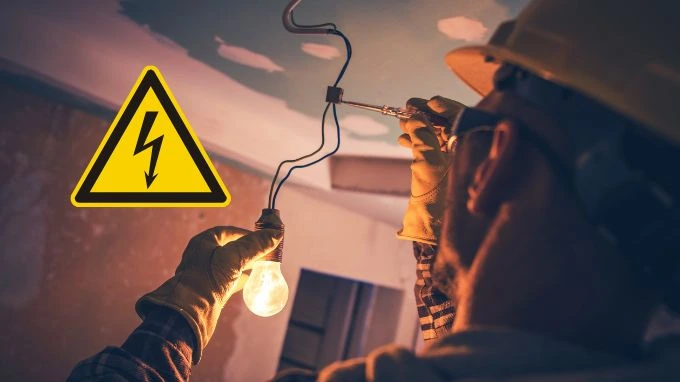
Understanding Voltage Drop
Voltage drop occurs when there is a reduction in electrical potential (voltage) as current flows through a conductor. This phenomenon is natural but can become problematic when it exceeds acceptable limits, leading to inefficient electrical systems and even equipment damage. Let’s explore the common causes of voltage drop:
1. Resistance in Conductors:
The primary cause of voltage drop is the inherent resistance in electrical conductors, such as wires and cables. This resistance results in a loss of voltage as current passes through the conductor. The longer and thinner the conductor, the higher the resistance and, consequently, the greater the voltage drop. To mitigate this, it’s essential to choose appropriately sized conductors for your electrical circuits.
2. Overloaded Circuits:
When circuits are overloaded with excessive current, the resistance in the conductors causes a significant voltage drop. This can happen due to too many appliances or devices being connected to a single circuit. To prevent this, you should distribute electrical loads evenly and consider adding more circuits if necessary.
3. Poor Connections:
Loose or corroded electrical connections increase resistance and, consequently, voltage drop. It’s crucial to ensure that all connections, whether at outlets, switches, or junction boxes, are properly tightened and free from corrosion. Regular maintenance can help prevent this issue.
4. Undersized Conductors:
Using conductors that are too small for the intended load can lead to excessive voltage drop. It’s important to adhere to the National Electrical Code (NEC) or relevant standards when selecting wire sizes for specific applications. Oversized conductors can also be a problem, as they may not carry sufficient current to maintain proper voltage levels.
5. Long Wire Runs:
The length of the wire also plays a significant role in voltage drop. Longer wire runs result in higher resistance and, subsequently, more substantial voltage drops. When designing electrical systems, consider the distances involved and select the appropriate conductor size to minimize voltage drop.
6. High Current Demands:
Certain equipment or machinery can generate high current demands during startup or operation. These sudden surges in current can cause voltage drop, affecting the equipment’s performance and longevity. To address this issue, it may be necessary to install dedicated circuits or use voltage drop compensation devices.
7. Inadequate Transformer Sizing:
In some cases, voltage drop can be attributed to undersized transformers in the electrical distribution system. Transformers should be correctly sized to ensure that voltage levels remain within acceptable limits throughout the electrical network.
8. Environmental Factors:
Extreme temperatures and environmental conditions can impact the conductivity of conductors, potentially leading to voltage drop. This is especially relevant in outdoor or industrial settings, where factors like temperature, humidity, and corrosion can affect electrical performance.
In conclusion, voltage drop is a critical consideration in electrical systems, as it can impact the efficiency and safety of your installations. To mitigate voltage drop issues, it’s essential to properly size conductors, distribute loads, maintain connections, and follow relevant codes and standards. By addressing these common causes of voltage drop, you can ensure that your electrical systems operate optimally and reliably.






